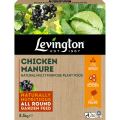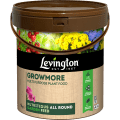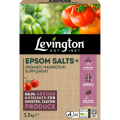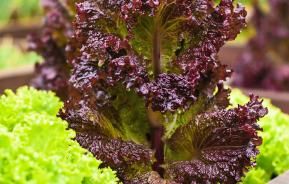Whether it’s sweet corn or a different variety, corn is one of the world’s most important seed-based crops. It’s a vegetable that is cholesterol-free and packed with goodness. It contains, amongst other things, vitamins A and C, fibre, amino acids, antioxidants and potassium. Kids generally love corn on the cob and if you close your eyes and think about it for a moment, it’s not hard to transport yourself to the tranquillity of a cornfield swaying gently in the summer sunshine.
Originally from the Americas and dating back thousands of years, corn used to have a reputation for being difficult to grow but not so any more. With a number of new varieties developed specifically to cope with our UK conditions, it’s now a relatively easy and low maintenance crop to grow in your garden or allotment.
Preparing Your Soil
Choose a spot in your garden, where the soil is free draining and water retentive and where there is plenty of space. It is better to plant in large blocks rather than just in rows if you can for pollination purposes (corn is wind-pollinated). Your space also needs to be sheltered from strong winds because of the height of the plants and sunny of course.
If you’re well organised prepare your soil the autumn before planting by digging in some well-rotted manure but it’s not fatal if you haven’t done so. Just add some general fertiliser three weeks (between 16 and 23 days) before you plant out. If you are pushed for space and don’t think you can manage to grow a large crop of corn, then why not try a mini sweetcorn variety instead.
Corn Seeds Or Young Plants
Decide whether you’re going to grow corn from seeds or ready grown plants. If you opt for growing from seed, then sow them in April indoors (about 2.5cm) deep, with a couple of seeds per hole.
You’ll need to harden the seedlings off before planting out by putting them outside when they’re about 2cm high but don’t expose them to direct sunlight just yet or let them get hit by a frost.
If you have seen on the forecast that there is a frost due, then make sure you follow these guidelines for protecting your crop.
Planting Out
Plant out your seedlings or your ready grown plants in May. Plant them roughly 35cm apart and in rows which are 50 – 60 cm apart because as you know the plants can get quite big.
Keep Well-watered And Weeded
As crops go, corn is pretty low maintenance. Just keep them well watered and weeded and if needs be, pile a little soil around the stems to give them support. Alternatively, as they can grow up to almost 2 metres, you may need to consider staking your corn plants if your spot isn’t sheltered enough from the winds.
When the hairy tassels on the top of the plants start to open up, given them a very gentle shake to help with pollination and as the corns develop you might want to add a liquid feed. But do check the instructions first. Other than that, there aren’t too many pests or diseases to worry about.
Picking And Eating
Depending on what variety you are growing, from July through to late summer you should be ready to harvest. With luck, you’ll get about 4 to 5 cobs of corn from each plant.
You’ll notice the silky hair on the corn turn brown and at that point just test a kernel. If a clear liquid comes out, they are not yet ready to pick but if the liquid is a milky colour then it’s time to harvest. If no liquid comes out or it’s just a mushy paste, you’re too late.
Pick by giving the corn a short sharp twist at the stem and pop them into a pan of boiling water as soon as you can because they will start to lose their flavour quite quickly.
Did You Know?
The silky hair on the top of the plants is the male flower where the pollen comes from. On the cobs, there is one strand of silky hair for each corn kernel and approximately 500 – 1,000 kernels per cob of corn.
Share Your Photos And Tips
You know that we always love to hear about your special tips or your individual stories about how you’ve got on. So if you’ve grown your own corn before or are planning to do so this year, why not share your experiences so far with us on our social media sites. In the meantime, pass the butter, please!








